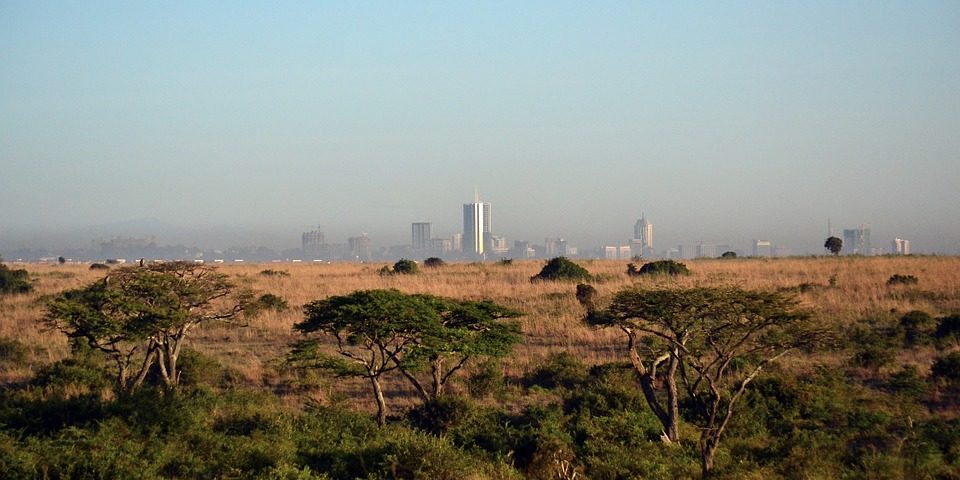Building a brand around our conservation culture

It’s about time we stopped
31st May 2019
Cricketers for Wildlife
12th June 2019We cannot deny that we are a cultural nation. Not just Kenya but the entire 54 states in Africa. Our cultures are intertwined in everything we do regardless of where we come from. Our cultures also interlink with the natural world. Culture, according to the World Commission on Culture and Development, can be generally defined as ‘ways of living together’ (WCCD, 1995: 24). The ways in which human beings live together with other human beings form the basis of cultures across the world.
We have diverse natural landscapes and wildlife which has been part of our culture for ages. From killing lions by males in the Samburu and Masai culture, waiting in hunt as cheetahs do the work for the Khoisan and how the death of an elephant is met with deep sadness among pastoral communities. Not to forget the immense indigenous knowledge communities have on wildlife both plants and animals.
Therefore, culture and the natural world are linked in complex ways through beliefs and practices that impact on the survival of humans and other living beings. Who we are is defined by all this. Conservation plays a big part in our country. As Southern African countries choose to indulge in trophy hunting, Kenya can choose to stand out and even showcase the link between our culture and conservation in ways which can attract more tourists and even the local people to want to protect their wildlife. Human – wildlife conflict may be a major issue affecting communities living with wildlife, but Kenya has proven, even through technology, that we can co – exist with wildlife. We should remember that in most cases conservation problems result from human activities.
Wildlife alive has a huge impact on the Tourism industry in Kenya bringing in nearly 14% of the Gross Domestic Product (GDP) where one in ten Kenyans in formal employment works in the wildlife and tourism sector. This is tool as a nation we cannot ignore and should continue to seek ways to better identify ourselves with and leverages on the challenges, not only facing our Kenya, but other countries as well.
Nairobi National Park, for example, the only national park surrounded by a busy urban life, the city of Nairobi always stands in awe. To imagine that just an inch from the park, we have innovations such as M-Pesa which continues to turn heads around the world, to the many start-ups that are made in Kenya by Kenyans for the Kenyan market.
Branding Kenya shouldn’t just focus on one particular niche, foreigners and investors but also the local people who are very resourceful and more aware of what we have. It’s not just about our coffee, flowers, tea, marathon runners and our wildlife, it’s about our culture and our conservation culture. A culture that would rather keep wildlife as is and protect wildlife areas, otherwise the death of Mohawk wouldn’t have caused such an uproar. A new culture that is taking up activities such as zip – lining located in serene areas and enjoys traveling. This is the new culture of conservation.
Many people may not see it, the age of domestic tourism is leading to innovation and overall the need to be concerned about our habitat, our surroundings and the non – human world.
Conservation is primarily not about biology, but about people and the choices they make. – (Cowling, 2005, Balmford and Cowling, 2006





1 Comment
[…] Environmental education needs to be a serious part of the African curriculum. When a child grows up understanding the role of animals and plants to our ecosystem they can be able to know that other than providing us with essential values such as ecosystem services we also get utilitarian values such as tourism revenue. He or she will be more likely to see the worth of a rhino alive and the importance of our entire biodiversity which is part of our culture. […]